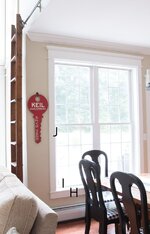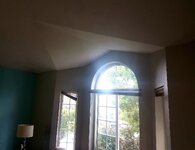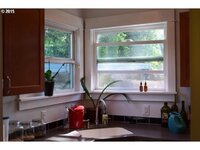I'm (hopefully) getting close to installing base, crown and window molding after a repaint, and have no previous experience doing it. I have coping, compound miter, and band saws, nail gun, Black and Decker Workmate 425 workbench, and an angle measurement tool. Aside from a copious amount of patience, does anyone have any additional tool suggestions? Thinking of doing a 'farmhouse' style of window and base molding, so nothing too fancy.
















